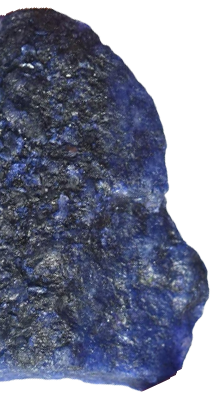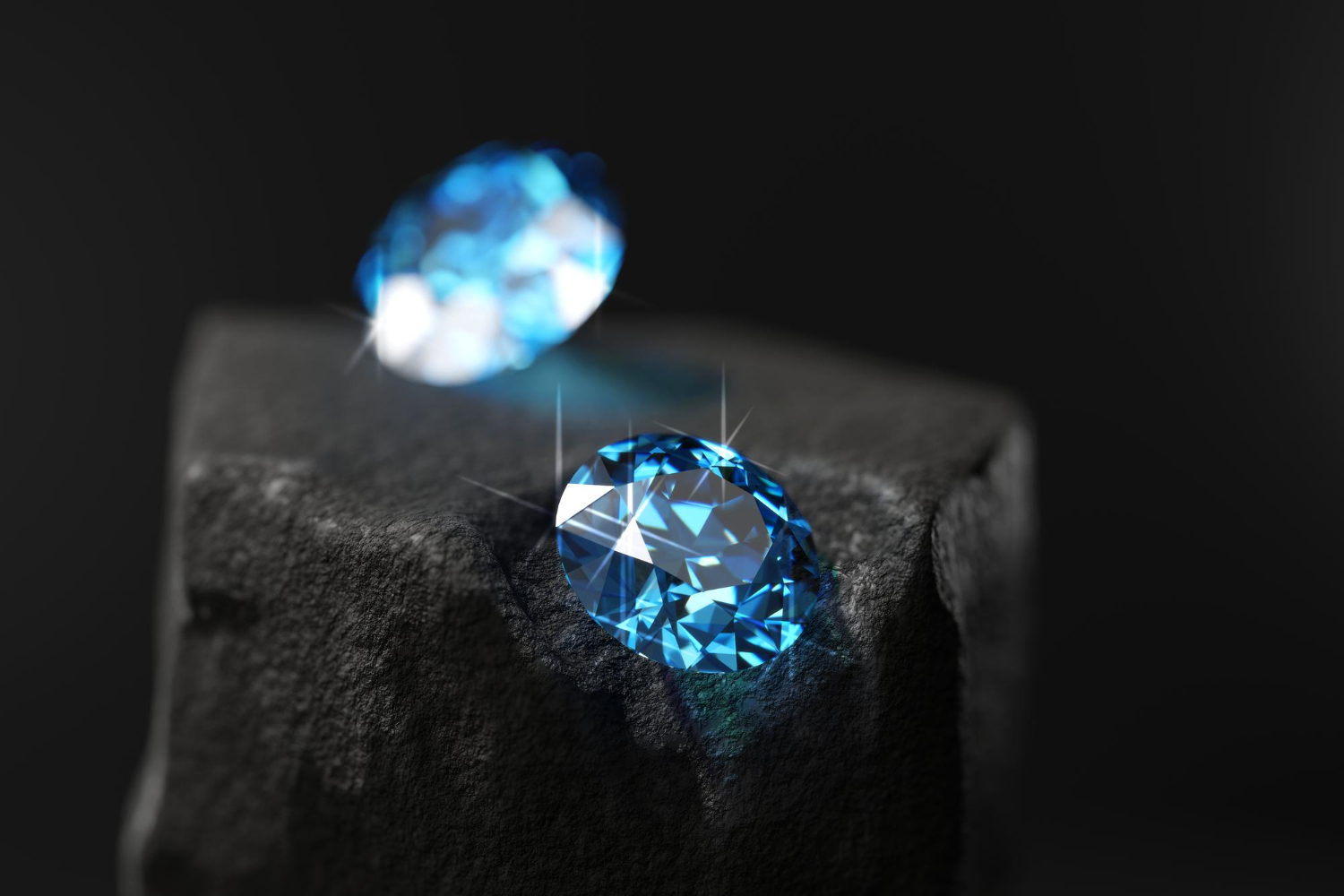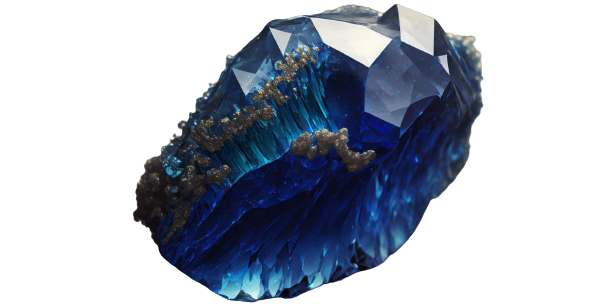Sapphire | September
Sapphire, belonging to a mineral family with close affiliations, displays a wide spectrum of colors. Exploring the distinctive variations in color within this gemstone species can offer valuable and enlightening perspectives.
Sapphire: The Majestic Gem of September
Amid the vast expanse of time, where constellations weave their celestial tales, a timeless tradition has emerged, binding the stars to the Earth – the realm of birthstones. Forged by visionaries such as Flavius Josephus, this tradition has woven an intimate connection between zodiac constellations and earthly gemstones. From this cosmic dance, under the mystical aura of September, emerges Sapphire – a gem that not only sparkles but resonates with epochs of history and the majestic pulse of the universe.
Envision, through the lens of both ancient lore and contemporary science, a gemstone born deep within the Earth, crystallizing amidst the fiery embrace of the planet’s core. Forged by the Earth’s tumultuous geological forces, Sapphire stands as a testament to the enduring spirit inherent in souls born in September. Its name is derived from the Latin word ‘sapphirus,’ signifying the celestial blue hues and the purity of the heavens.
Throughout history, Sapphire has been revered by cultures worldwide. It has adorned the crowns of royalty and the hearts of poets, cherished for its protective qualities and its power to evoke wisdom and inner peace. From the opulent courts of ancient civilizations to the modern world, Sapphire has remained a symbol of truth, sincerity, and a life well-lived.
With a captivating range of colors, Sapphire showcases a spectrum from deep blue to vibrant yellow, from romantic pink to regal purple. Modern science reveals that these color variations arise from trace elements within its crystal structure, yet symbolically, each shade represents a unique facet of its wearer’s character.
Beyond its sheer beauty, Sapphire transcends into the realms of contemporary science. It is treasured by geologists for its role in understanding Earth’s geological history and conditions, making it a gem of both geological and historical significance.
So, for souls touched by September’s enchantment, why Sapphire? Because it’s more than a gem; it’s a celestial bridge, an emblem of truth, and a vessel for both ancient legends and scientific marvels.
Within the embrace of Sapphire, one discovers the harmonious blend of age-old myths, modern revelations, and the timeless grandeur of the universe.

Sapphire: The Resplendent Gem of September
Color Varieties: Sapphire is celebrated for its diverse range of colors, encompassing deep blues, vibrant yellows, romantic pinks, and regal purples. These stunning variations in color are attributed to the presence of specific trace elements, forming an exquisite palette of hues, making sapphire an exceptional gem known for its multifaceted beauty.
Notable Sapphire Varieties:
- Blue Sapphire: Known for its deep and captivating blue shades, symbolizing loyalty, wisdom, and nobility.
- Yellow Sapphire: Radiating warmth and optimism, yellow sapphire embodies joy and prosperity.
- Pink Sapphire: A symbol of love and compassion, pink sapphire’s delicate hues evoke tenderness and affection.
Formation and Occurrence: Sapphires are typically formed in various geological settings, including igneous rocks, metamorphic environments, and alluvial deposits. Regions such as Sri Lanka, Kashmir, and Myanmar are renowned for yielding some of the world’s most exquisite sapphire specimens, underlining its geological and cultural significance.

Historical Significance: Sapphire has held a place of honor in the annals of history, being cherished by civilizations worldwide. It has adorned the crowns and jewelry of nobility, serving as a symbol of truth, sincerity, and a life well-lived. Throughout time, sapphire has been associated with wisdom, inner peace, and divine protection, contributing to its enduring historical significance.
Modern Uses: Sapphire continues to be a gemstone of extraordinary appeal, celebrated for its enduring beauty and diverse colors. It remains a popular choice for crafting exquisite jewelry, from engagement rings to pendants, symbolizing profound emotions and the beauty of the September-born. Beyond its aesthetic appeal, sapphire is also treasured in the world of technology, where its durability and optical properties find applications in various fields. Sapphire, with its rich geological history and cultural significance, serves as a bridge between the realms of science and beauty, captivating the hearts of admirers and enhancing our appreciation for the Earth’s natural wonders.
Scientific Fact: "Sapphire's Geological Significance"

While sapphire is renowned for its captivating beauty and cultural significance, it also plays a crucial role in the realm of geology. Most sapphire specimens are formed in various geological environments, including igneous rocks, metamorphic settings, and alluvial deposits. This diverse geological occurrence makes sapphire a valuable indicator mineral for geologists seeking to unravel Earth’s geological history and conditions.
Sapphire’s remarkable array of colors, from deep blues to vibrant yellows and more, results from specific trace elements present within its crystal structure. These trace elements, in conjunction with geological forces, contribute to the fascinating palette of hues exhibited by sapphire.
Geologists regard sapphire as a significant indicator of past geological events, providing valuable insights into the Earth’s geological evolution. The presence of sapphire in specific geological contexts aids scientists in deciphering stories of metamorphism, tectonic activities, and mineralization within the Earth’s crust.
In addition to its geological importance, sapphire retains its role as a gem of immense aesthetic and cultural significance. This dual nature makes sapphire a truly remarkable gemstone, bridging the realms of science, beauty, and cultural heritage, enriching our understanding of the Earth’s geological tapestry and captivating enthusiasts with its timeless allure.
